Embarking on home renovation tasks can feel overwhelming at times. Take for instance the task of removing a toilet seat—whether it’s for a do-it-yourself project or aiming for a hassle-free removal process through steps is essential in enhancing both the appearance and functionality of your bathroom space.
There are different kinds of toilet seats in the market today, ranging from easy-to-fix options to those that are more secure in their placement. The fundamentals of how to remove a toilet seat are straightforward and uncomplicated. With just some basic tools such as a wrench or screwdriver along with gloves and a quality replacement from HOROW brand or similar products at hand, you'll be able to handle your bathroom DIY projects with ease and efficiency.

Moments to Remove Your Toilet Seat
There are instances where you may find the need to change your toilet seat, whether it’s for hygiene purposes or to enhance the look of your bathroom space.
Thorough and Deep Cleaning
Renovating your bathroom often begins with things like upgrading the toilet seat—a change that can have a big impact on both the appearance and functionality of your bathroom space. Before you make a decision to replace your seat with a new one, embark upon this task of choosing the perfect seat that suits your preferences and needs best. It is essential to know how to remove a toilet seat, as you may need this knowledge at some point in time. There are factors such as shapes and materials to take into consideration when selecting a toilet seat, which might seem slightly overwhelming at first glance. However, having known how to remove the current seat will empower you in making an informed decision about what will work best for your bathroom.
Replacement of a Worn-Out Seat
Over the course of years or frequent usage, toilet seats can display signs of wear, such as cracks or changes in coloration. 70% of homeowners believe that changing a toilet seat can greatly improve the look of a room. Replacing them isn't just about improving safety in the bathroom; it also enhances the comfort levels experienced by individuals using it.
When it comes to how to remove a toilet seat, the price of one ranges from $20 to $200, offering options to suit every budget and preference.
Maintenance and Repair
Keeping your bathroom in good shape means checking the hardware often. When replacing a toilet seat, make sure to tighten the bolts correctly. The right torque is between 40 to 60 inch-pounds to avoid damaging the porcelain. If you are unsure how to remove a toilet seat for maintenance or repair, it’s important to follow the instructions closely to prevent any mistakes.
Upgrading to a Bidet Toilet Seat
Switching to a bidet toilet seat is quite trendy for bathrooms these days. It's interesting to note that approximately half of all home renovation ventures involve installing bathroom fixtures such as bidet seats. They bring about cleanliness and comfort levels, too. Knowing the ins and outs of how to remove a toilet seat proves handy not only during the setup but also for any future enhancements you might plan.

A Beginner’s Guide to Toilet Seat Removal
Taking off a toilet seat may appear challenging, but with the correct procedures, it becomes simple to do so. You may have to detach a toilet seat for either maintenance or replacement purposes. The following instructions will assist you in removing the toilet seat in a step-by-step manner.
Locate the Fasteners
First, you'll need to locate the fasteners securing the seat, which can be found at the rear of the seat itself. Take off the covers to reveal the nuts and bolts underneath. Being aware of how to remove a toilet seat can prevent any harm or breakage.
Loosen and Remove the Screws
Try using a screwdriver or wrench to loosen the bolts, and if they seem stuck, you can try using some penetrating oil when dealing with an older toilet seat. Applying a bit of force might come in handy if you're uncertain about how to remove a toilet seat.
Remove the Seat
After loosening the bolts carefully and gently, lift the seat upward to remove it. It should come off effortlessly as intended. If you encounter any resistance in this process of removal, ensure that all fasteners are taken out completely.
Clean the Toilet
After removing the seat cover, make sure to clean the to-reach spots, such as the hinges and bolt openings. This meticulous cleaning routine is essential for maintaining a toilet. It should be done in accordance with the step-by-step instructions on how to remove a toilet seat.
| Step | Description | Time Estimate |
|---|---|---|
| Locate Fasteners | Identify the hardware connecting the seat to the toilet. | 1 minute |
| Loosen Screws | Use tools to unscrew the bolts. | 2 minutes |
| Remove Seat | Detach the seat from the bowl. | 1 minute |
| Clean Toilet | Clean the exposed areas thoroughly. | 1 minute |
Taking off a toilet seat can be quite simple with the right tools. By following this manual, you’ll boost your DIY skills and keep your bathroom clean and tidy.
Precautions When Removing a Toilet Seat
When you're sprucing up your bathroom or doing toilet upkeep, it's important to be careful, especially when it comes to changing the toilet seat. Knowing how to remove a toilet seat and taking off the toilet seat properly can help avoid any damage to your bathroom and keep you safe.
Wear Gloves
It's important to wear gloves when tackling tasks in the bathroom because 80% of toilets harbor bacteria that can make you sick. Using rubber or antibacterial gloves when removing the seat cover from the toilet bowl lid helps protect you from germs. This ensures a safe experience, especially when you're figuring out how to remove the toilet seat.
Clear Surroundings
Before you begin, ensure that the space surrounding the toilet is clear for ease of movement and to avoid any accidents or damage to objects.
Right Size Tools
The key to removing toilet seat bolts effectively lies in using the tools for the job at hand. Having the correct size of wrench or screwdriver not only simplifies the task but also prevents the bolts from snapping. 60% of seats are affixed with metal bolts, while around 40% of newer ones feature plastic bolts. Therefore, choosing the right tool is crucial in determining how to remove a toilet seat.
Avoid Excessive Force
Be careful not to apply excessive force when taking off the seat, as roughly 5 out of 100 seats end up damaged due to excessive tightness during installation. To prevent any damage and maintain the condition of both the seat and toilet, it’s best to handle it with care and gentleness for a hassle-free removal process.
By knowing how to remove a toilet seat and applying these suggestions effectively, you'll ensure a smoother removal process. This practice also contributes to maintaining cleanliness and safety, which are crucial for toilet upkeep.
The Throne Upgrade: Pick the Perfect Toilet Seat
Starting the renovation of your bathroom involves paying attention to things such as updating the toilet seat you have in place. The selection of a seat has the potential to alter both the aesthetics and functionality of your bathroom space. There is a variety of shapes to choose from along with materials and features to take into account, making the decision a challenging task.
Toilet Seat Shape
Toilet seats are available in shapes such as round ones and those with pointed or D-shaped designs. It’s recommended to measure your toilet to prevent any issues during installation. Make sure to determine the spacing between the anchoring holes, the width of the bowl, and the front-to-back length before proceeding.
Ensuring the seat fits right is key because a proper fit leads to comfort and stability for all individuals involved.
Material
The material you choose for your toilet seat can greatly affect how long it lasts and how comfortable it is to use. Wooden seats like oak have a feel that may change color over time. Plastic seats are durable and may come with soft-close mechanisms. However, cheaper options can be prone to cracking. If you plan to replace or clean your seat, it’s important to know how to remove the toilet seat. Each material carries its list of pros and cons that affect how it looks and how useful it is.
Comfort Features
These days, toilet seats come with enhancements that improve the user experience. They often feature hinges to prevent loud slamming and are safer for children. Additionally, cushioned seats offer comfort, which is beneficial for older individuals or those with mobility challenges. The latest toilet seats with enhanced comfort features include quick-release mechanisms that make cleaning simpler and maintaining hygiene standards easier as well.
Antibacterial Coatings
It’s crucial to maintain cleanliness in your bathroom, which is why opting for antibacterial toilet seats is a great decision. Using seats that prevent bacteria growth effectively maintains a germ-free surface. This is particularly vital in shared bathrooms, where prioritizing everyone’s well-being is essential.
Selecting the right toilet seat and knowing how to remove a toilet seat goes beyond aesthetics—it’s also about ensuring comfort and cleanliness in your bathroom for the long haul.
HOROW Toilet Seats Designed for You
People widely recognize HOROW toilets for their toilet seats known for being long-lasting and simple to remove with ease. Their products come with instructions to help individuals understand how to remove a toilet seat regardless of their level of experience in DIY projects.
HOROW B0403

The HOROW B0403 bidet toilet seat offers an experience with its water spray, customizable heated seat settings that improve comfort, and hygiene advantages. Additionally, the air drying function adds to user contentment while the soft close feature minimizes noise when in use. Moreover, the LED night light feature provides added convenience. Its easy installation process ensures integration into any bathroom setting.
When you want to keep your HOROW B0403 toilet seat in shape or think about getting one down the line, it's important to know how to remove a toilet seat for cleaning or if you need to swap it out.
HOROW HWPP-8733

The HOROW HWPP-8733 is a circular polypropylene toilet seat specially designed with a close feature to prevent loud slamming noises and offer a gentle and quiet closing experience for users. The ergonomic design of the seat adds to its comfort level, and the durable polypropylene material used ensures lasting quality and easy upkeep. It is designed to be compatible with the HWMT-8733 series toilets, making it a dependable choice for these models.
Understanding the procedure of how to remove a toilet seat is crucial for installing or tidying up the HWPP-8733 model effectively. Following a removal method helps in preserving the seat's quality and hygiene, which ultimately prolongs its lifespan and usability.
HOROW HWUF-8733

The HOROW HWUF-8733 toilet seat is designed with user convenience and durability in mind. It features a release mechanism for easy use and lasting quality. It is made from high-quality UF material for a look and lasting durability, providing added comfort to users due to its ergonomic design. It is also perfectly suited for use with the HWMT-8733 series toilets.
Understanding how to remove a toilet seat is crucial for maintaining its condition or replacing the HWUF-8733 model effectively. The convenient release mechanism simplifies the cleaning and upkeep process while guaranteeing the seat's durability and functionality.
HOROW B0401

The HOROW B0401 is a high-tech bidet toilet seat that offers customizable water cleaning settings along with a seat and a gentle warm air dryer for added cleanliness and comfort benefits. Equipped with a temperature control system that can be tailored to individual preferences and a soft close feature for a contemporary and peaceful bathroom ambiance. Its self-cleaning nozzle makes maintenance hassle-free and ensures hygiene standards are maintained effortlessly.
Understanding the steps to take out a toilet seat is crucial for keeping the B0401 in working order. Removing it properly allows for cleaning and makes it easier to put a new one on when needed—keeping the seat in top shape for years to come.
FAQ
1. How do I remove a toilet seat for cleaning or replacement?
Taking off a toilet seat is a task! Start by using a wrench or screwdriver to loosen the bolts located at the back of the seat. Then carefully lift it off the toilet bowl. Take care to clean the space beneath it before reattaching or replacing the seat.
2. What tools are needed to uninstall a toilet seat?
Make sure you have the wrench or screwdriver handy and wearing gloves is a good idea for cleanliness reasons too. Don't forget to refer to the seat manual for guidance on the tools required.
3. What features should I look for when picking a new toilet seat?
Check out the design and material of the chair because its comfort aspects such as padding and soft closing hinges are crucial factors to consider for your selection.
4. Can I easily replace a toilet seat if I have no DIY experience?
Yes! HOROW toilet seats are made for configuration with instructions specifically designed for beginners.
5. How do I maintain my toilet seat after installation?
Remember to clean the seat with soap and water regularly, steering clear of strong cleaning agents. Make sure to check the hinges and fasteners frequently to ensure they are securely fastened.

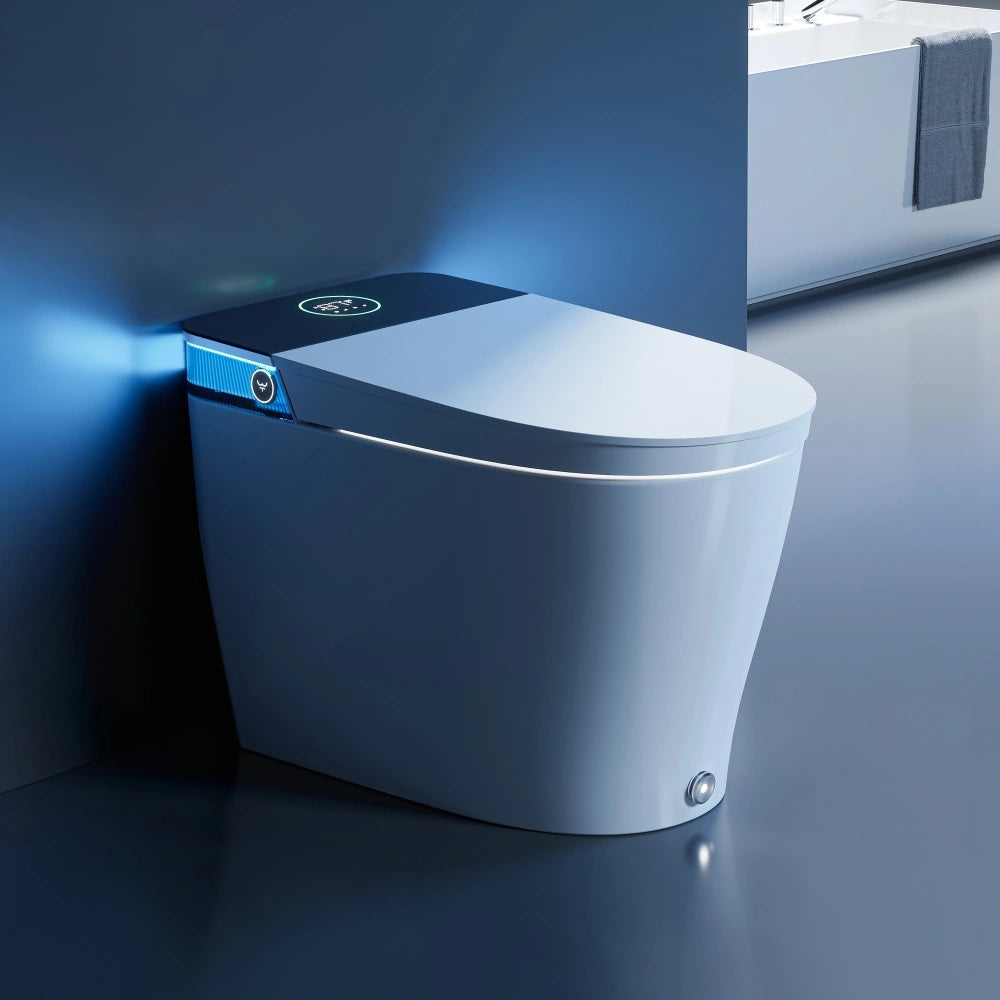
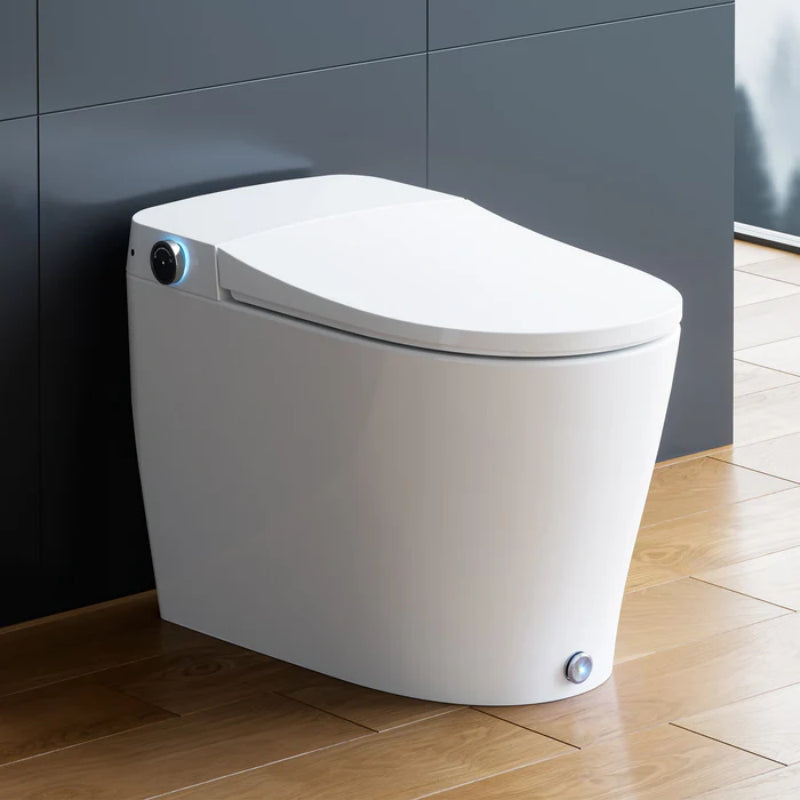
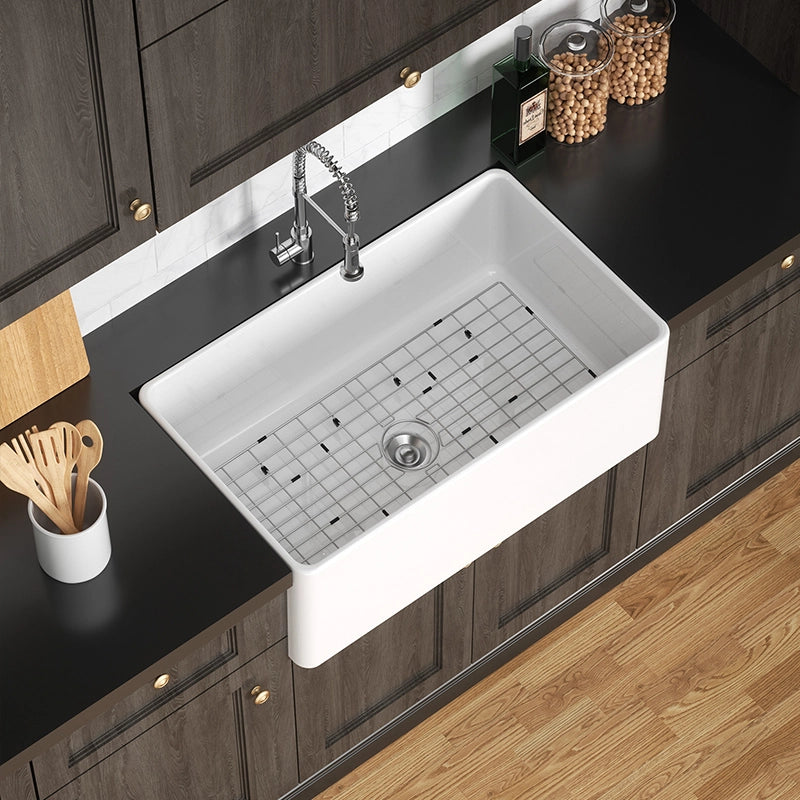
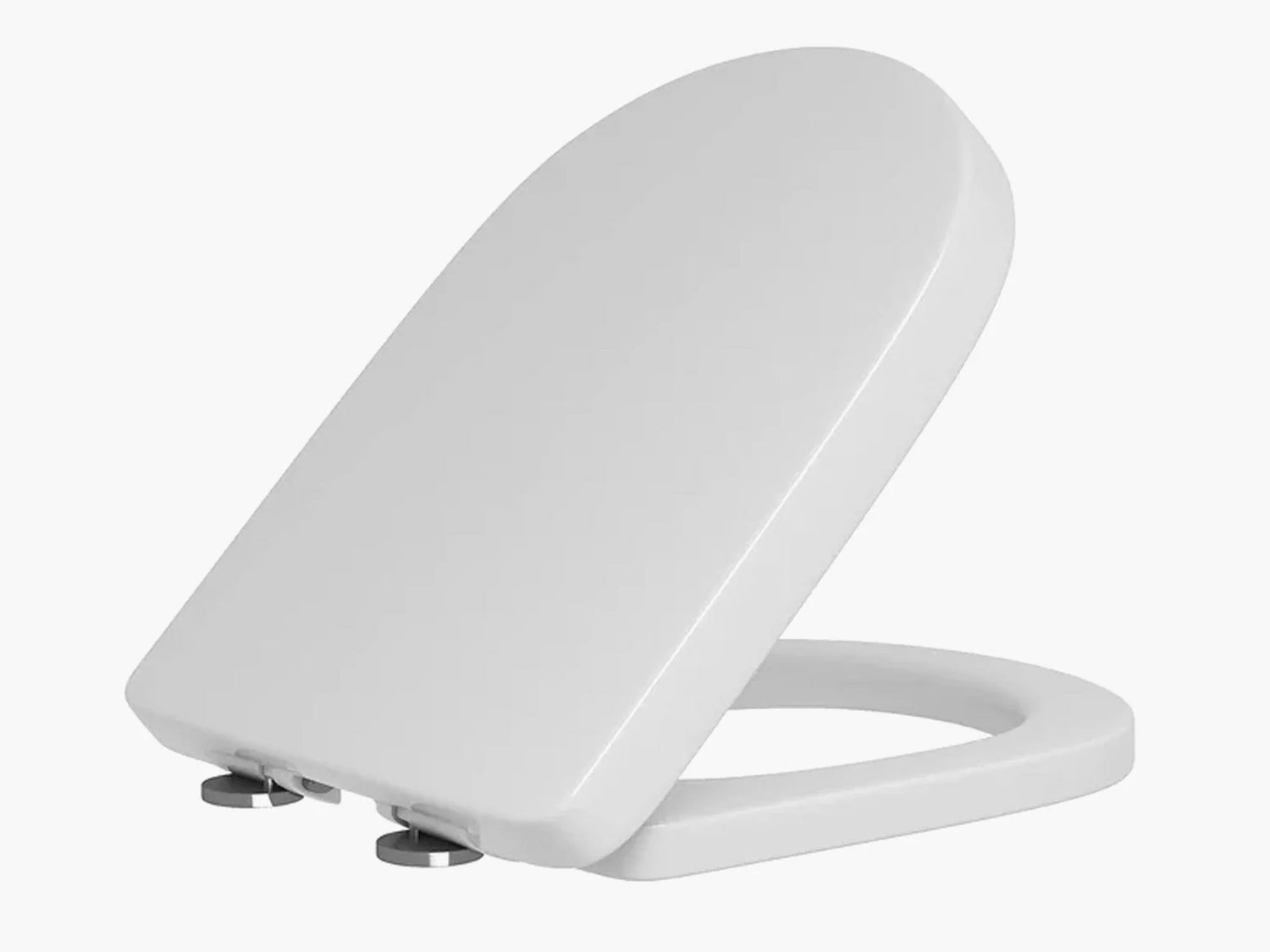
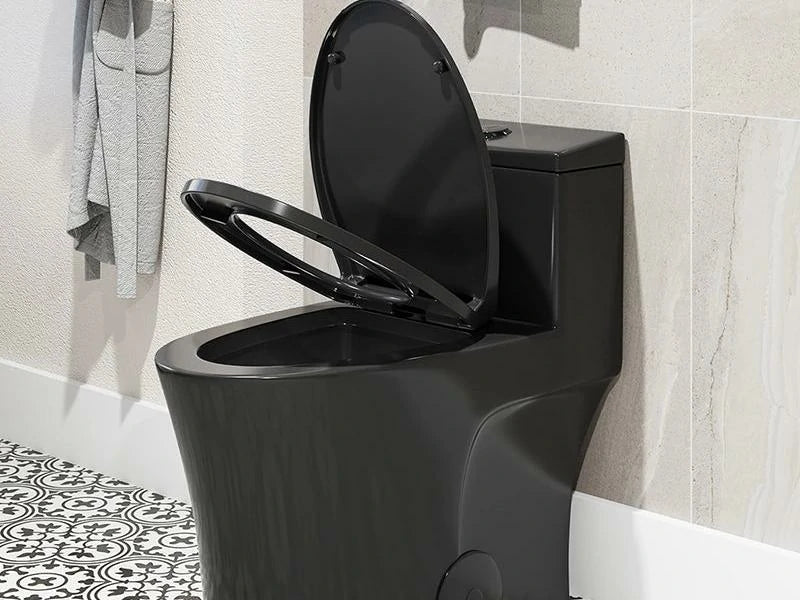
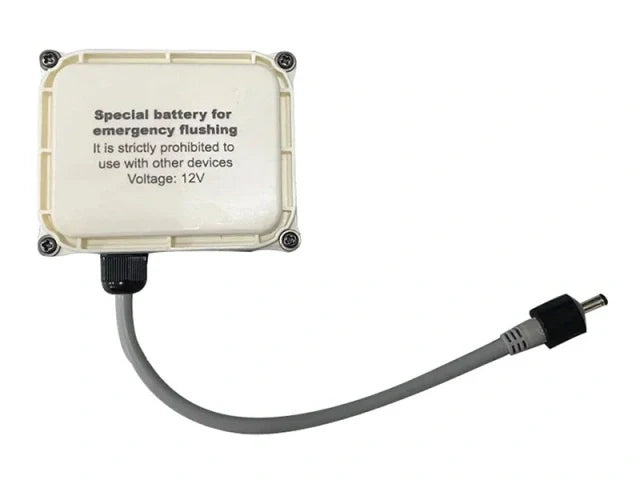

Leave a comment
This site is protected by hCaptcha and the hCaptcha Privacy Policy and Terms of Service apply.